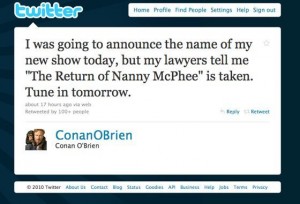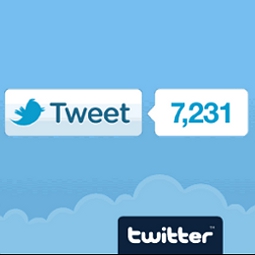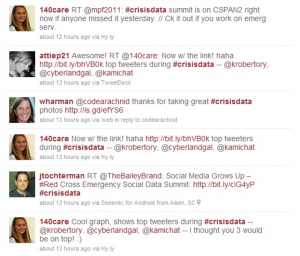 Mashable posted a fascinating article today about how McDonald’s spent a modest $1,000 on a pilot Foursquare campaign resulting in 33 percent more foot traffic in one day, more than 50 news articles, and 600,000 people opting to follow and fan the brand on social media sites.
Mashable posted a fascinating article today about how McDonald’s spent a modest $1,000 on a pilot Foursquare campaign resulting in 33 percent more foot traffic in one day, more than 50 news articles, and 600,000 people opting to follow and fan the brand on social media sites.
McDonald’s Foursquare Day on April 16 used 100 randomly awarded $5 and $10 gift cards to lure Foursquare users into McDonald’s restaurants to check in.
Foursquare is a mobile application that helps you find out where your friends are hanging out and offers tips from other users on what to do once you get there. You use your phone to “check in” at different places you visit, and Foursquare rewards you for checking in with badges, points, and mayorships.
Rick Wion, McDonald’s head of social media, shared his company’s Foursquare success story at Wednesday’s Mobile Social Communications conference.
“I was able to go to some of our marketing people—some of whom had never heard of Foursquare—and say, ‘Guess what. With this one little effort, we were able to get a 33 percent increase in foot traffic to the stores,'” he said.
Earlier this year, Mashable reported Domino’s UK also ran a hugely successful pilot Foursquare compaign rewarding Foursquare mayors with free pizza once a week. The UK pizza retailer attributed its Foursquare pilot program as a primary factor in helping the company increase profits by 29 percent, which equates to roughly $26 million.
How do you think Foursquare will change the future of advertising? Share your ideas in the comments section below.




